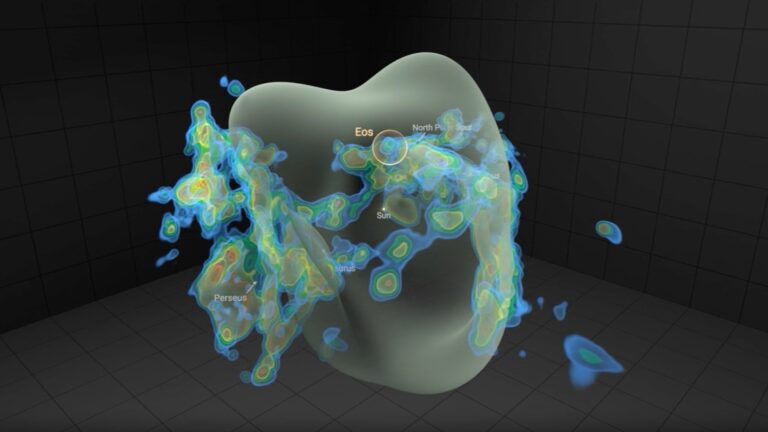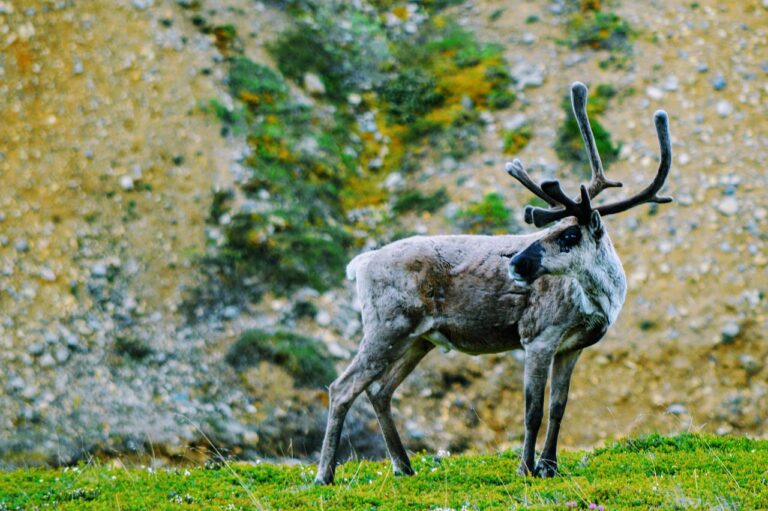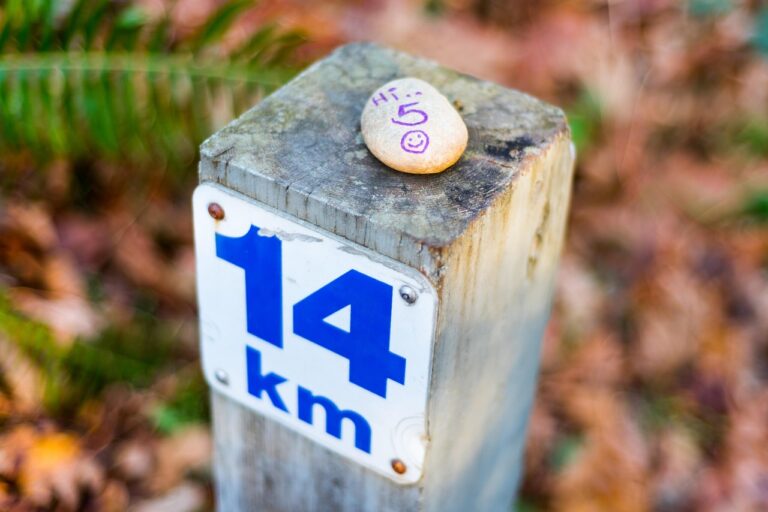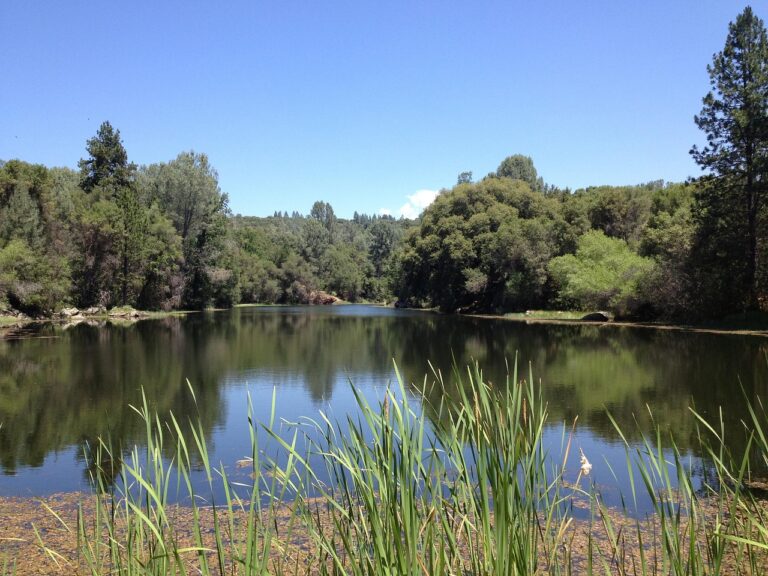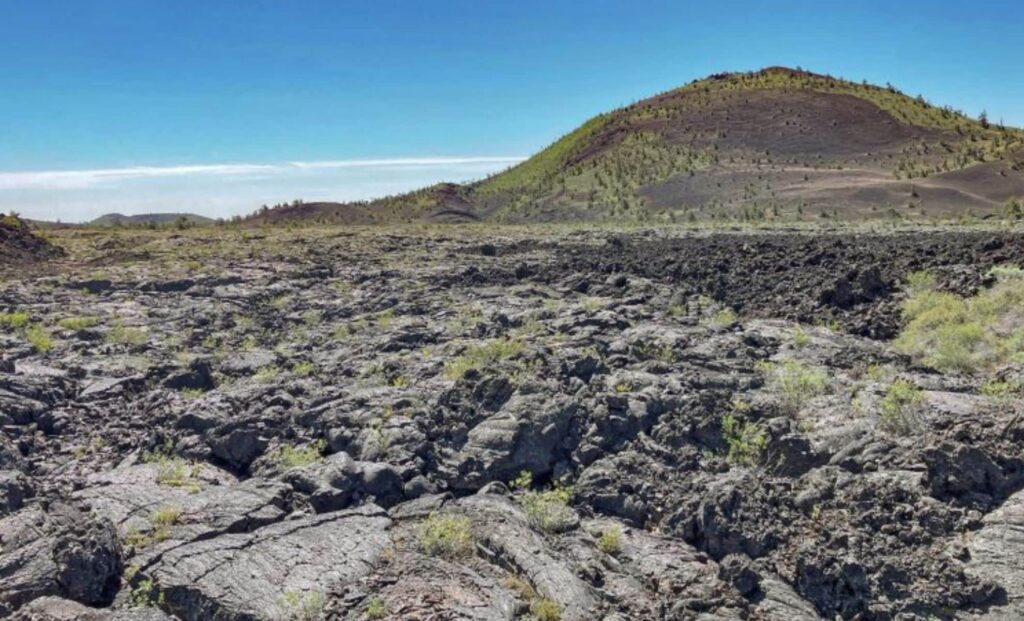
They Didn’t Go to Space First, NASA’s Astronauts Mastered Moonwalking in Idaho! – The Daily Galaxy
2025-04-30T17:30:00Z
Before they set foot on the Moon, NASA’s Apollo astronauts tackled a far stranger terrain right here on Earth.
A recent article published by SciTechDaily highlights how NASA’s Apollo astronauts prepared for the Moon’s rugged landscape by training at Craters of the Moon National Monument and Preserve in southern Idaho.
Long before humanity set foot on the Moon, these astronauts learned vital geological skills on volcanic fields eerily similar to the lunar surface.
A Volcanic Landscape That Mirrors The Moon
The choice of Craters of the Moon as a training ground was deliberate and strategic.
This national monument’s volcanic terrain—complete with lava tubes, basaltic flows, and cinder cones—offered astronauts an opportunity to experience conditions closely resembling those they would encounter on the lunar surface.
In 1969, astronauts Eugene Cernan and Joe Engle, accompanied by NASA geologist Ted Foss, undertook intensive field geology training here.
Unlike the Moon’s billion-year-old volcanic history, Idaho’s lava flows are comparatively recent, dating from 15,000 to 2,100 years ago. These features formed along the Great Rift, an extensive fracture stretching over 50 miles (80 kilometers).
The landscape’s relatively fresh volcanic formations provided a rugged yet accessible environment to hone critical observational and sample collection techniques.
While the craters at Craters of the Moon were formed by volcanic eruptions, unlike the Moon’s craters created by meteoroid impacts, the surface resemblance was striking enough to give astronauts valuable preparation for the unfamiliar terrain they would soon face.
Satellite Imagery Highlights Seasonal Changes
Recent satellite images captured by the Operational Land Imager (OLI) aboard Landsat 8 and Landsat 9 have provided breathtaking seasonal views of Craters of the Moon.
A July 2024 summer image reveals the stark, black expanse of hardened lava, while a January 2025 winter snapshot shows the landscape blanketed in snow, accentuating features like the numerous cinder cones.
Though the ropy pahoehoe lava flows and delicate lava tubes are too small to spot via satellite, these ground features are critical markers for understanding both Earth’s and extraterrestrial volcanic activity.
Such data reinforce the site’s ongoing relevance, not just for historical interest but for future planetary exploration training.
Life’s Resilience In A Harsh Volcanic World
The first colonizers of the fresh lava were lichens, followed by more complex plant species as soils developed within the cracks of the basalt.
One of the monument’s most fascinating ecological features is the presence of kipukas—islands of older terrain surrounded by newer lava flows.
These isolated havens, ranging in size from a few acres to thousands, support some of the oldest juniper trees in Idaho.
Larger kipukas, altered by human activity, contrast sharply with the untouched smaller ones.
At an elevation of about 6,000 feet (1,800 meters), the monument endures long, cold winters. The resilience of the plant and animal life here has profound implications for understanding how life could survive on Mars and other planetary bodies.
Craters Of The Moon’s Role In Future Mars Missions
The legacy of astronaut training at Craters of the Moon extends beyond the Apollo missions.
In recent years, the site has attracted renewed scientific attention for its similarities to Martian geology. Researchers have discovered that lava tubes at Craters of the Moon support a surprising diversity of microbial communities.
Martian lava tubes, shielded from harsh surface radiation and temperature extremes, are considered prime locations in the search for extraterrestrial life.
By studying their terrestrial counterparts, scientists can better design instruments and missions aimed at uncovering microbial life beyond Earth.
Earth’s Fiery Landscape Shaped Lunar And Martian Dreams
Craters of the Moon National Monument and Preserve remains more than a geological curiosity; it is a living bridge between Earth and the cosmos.
From training astronauts for the Moon to informing strategies for Mars colonization, its legacy is deeply entwined with humanity’s boldest quests.
Auto-posted from news source

